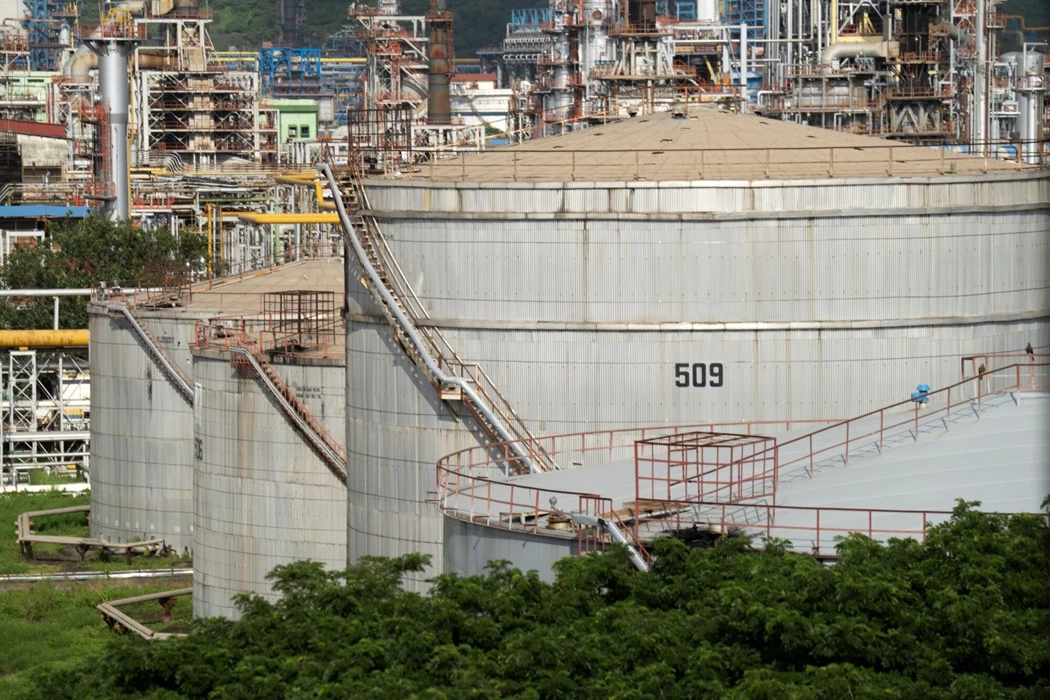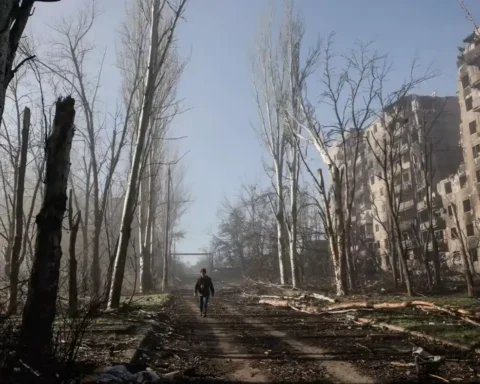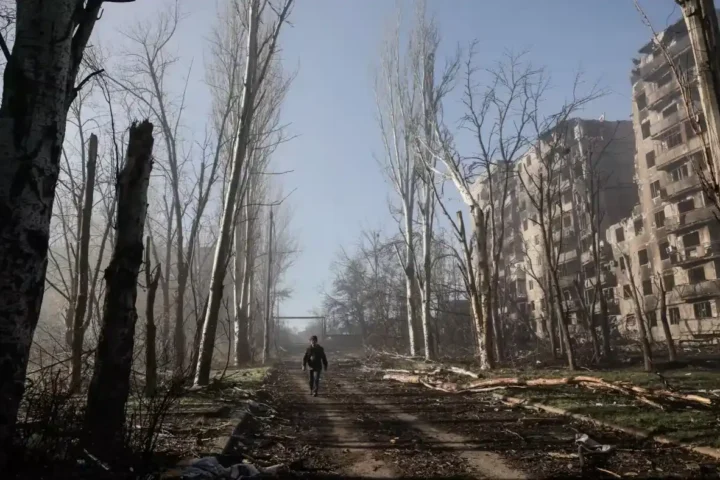Risk premium: strikes on Russia’s infrastructure and OPEC+ policy
Oil stabilized after three consecutive sessions of gains as market participants assess the impact of Ukrainian strikes on Russia’s oil infrastructure and balance a geopolitical risk premium against restrained fundamentals. According to Bloomberg, Brent is holding above $68 per barrel after a 3.2% rise over the previous three sessions, while WTI trades around $64. Among the latest incidents is an attack on the Saratov refinery, another target in a series of strikes on energy facilities. Goldman Sachs Group Inc. estimates that such attacks have helped push output in the OPEC+ member to the lowest levels since the pandemic, supporting prices via a risk premium.
At the same time, the market remains “boxed in”: even the recent rally has not pulled prices out of a narrow $5 range in which oil has spent most of the past month. Bloomberg notes that the accelerated return of additional OPEC+ supply is strengthening expectations of a surplus later in the year, which limits the rally’s potential.
Western pressure and diplomacy: EU sanctions, India’s stance, and the United States
According to Bloomberg, the European Union is considering sanctions against companies in India and China that Brussels believes facilitate Russia’s oil trade. European Commission President Ursula von der Leyen said the Commission will propose accelerating the EU’s phase-out of Russian fossil fuels.
On the diplomatic front, there are signs of a thaw: President Donald Trump said he spoke with India’s Prime Minister Narendra Modi to ease tariff disputes and discuss New Delhi’s purchases of Russian oil. For the market, this signals attempts by key players to reduce tensions that affect supply routes.
Fundamental factors: U.S. inventories, volatility, and the price “ceiling”
In the United States, an industry report showed commercial crude inventories fell by 3.4 million barrels last week; if confirmed by official statistics later on Wednesday, it would be the largest weekly decline in a month, adding short-term support to prices. Meanwhile, Brent’s second-month implied volatility remains subdued and on Monday fell to the lowest in more than three weeks, while the futures curve has been confined to a tight range since early August.
As Mukesh Sahdev, founder and CEO of Xanalysts (Sydney), summarizes: “This bullish geopolitical angle — especially the double whammy of Ukraine targeting both Russian export terminals and refineries — is going to support prices.” However, OPEC’s efforts to manage supply and the prospect of a surplus in the second half of the year are likely to cap the upside.
Conclusion: in Bloomberg’s view, the near-term balance tilts bullish due to supply risks and falling U.S. inventories, but for a breakout from the range the market needs a stronger trigger than another run of headline-driven impulses.
This article was prepared based on materials published by Bloomberg. The author does not claim authorship of the original text but presents their interpretation of the content for informational purposes.
The original article can be found at the following link: Bloomberg.
All rights to the original text belong to Bloomberg.


















